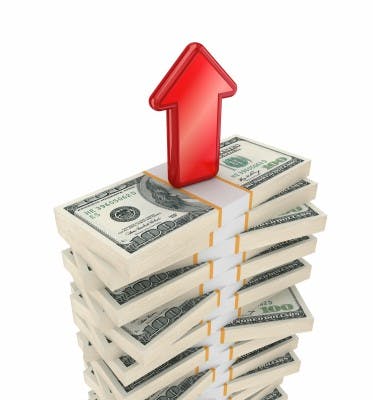It’s an age-old negotiation. Pay me more and I will perform. Perform better and I will pay you.
So what comes first, the payment or the performance?
Hay Group’s Annual CEO Compensation Survey was released last week. The results show for only the second time in the history of the study, long-term performance plans were the most heavily-weighted aspect (31 percent) of the entire pay portfolio.
Was this a result of executive pay programs that have been re-geared with performance metrics since the advent of Say on Pay? Was this the result of CEOs performing better as more attention has been paid to their actions and behaviors? Or, was this caused by something else?
Not a huge difference in pay vs. performance
Some have suggested that this is proof that if you perform better, you get paid more. Others argue that this is evidence that executive compensation has been gamed to ensure amazing pay when things are great and pretty darned good pay as long as things are better than terrible.
Hay Group’s recent article mentions that superior performance resulted in a cash-pay premium of only 9 percentage points over poor performance, even though the difference in net income was more than 70 percent.
Obviously, the over-leveraged hockey stock graph that is claimed by many to show cranked up pay of top executives doesn’t apply to cash compensation. The incredible (although inedible) stock market has driven equity compensation to impressive highs. (Those who express any surprise at this must either admit they do not understand the impact of steep drops in the market — 2008 anyone? — or stop talking about executive compensation forever more.)
Let’s face it — even less than stellar performers are lifted when the market rises. And, with the leveraging action of stock options mixed with rising stock prices, it is hard to create separation between the high and low performers of the corporate world.
Another spoiler alert for the upcoming future are performance unit programs using TSR (total shareholder return) as a metric. TSR is impacted when the market gets hot.
As top performing companies begin to plateau, investors push the prices of mid-range performers more than some underlying fundamentals may support in the long run. From 2010 to 2011, net income for the group measured increased by 13.1 percent and TSR went up by a median of 3.1 percent. From 2011 to 2012, net income increased by a far less impressive 2.1 percent, while TSR went up by equity spiking 14.4 percent.
Linking pay to performance
These results give rise to the ongoing question: Whose fault is it that executive pay continues to climb, seemingly in every market turn?
The argument regarding executive compensation continues. When pay is up, one side picks a set of metrics to explain why it should have gone up more. The other side picks a set of metrics that shows why it never should have been so high in the first place.
Does better pay drive better performance? Of course! Not always, not perfectly, but … of course.
Does better performance result in better pay? Yep. Sometimes more, sometimes less than desired, but it certainly does.
Which comes first, the performance or the pay? In today’s world of executive compensation pay must be great to get performance, but performance must be great to justify pay in the long run.
I guess this is just a long way of asking: What do you think?
This was originally published at the Compensation Café blog, where you can find a daily dose of caffeinated conversation on everything compensation.
